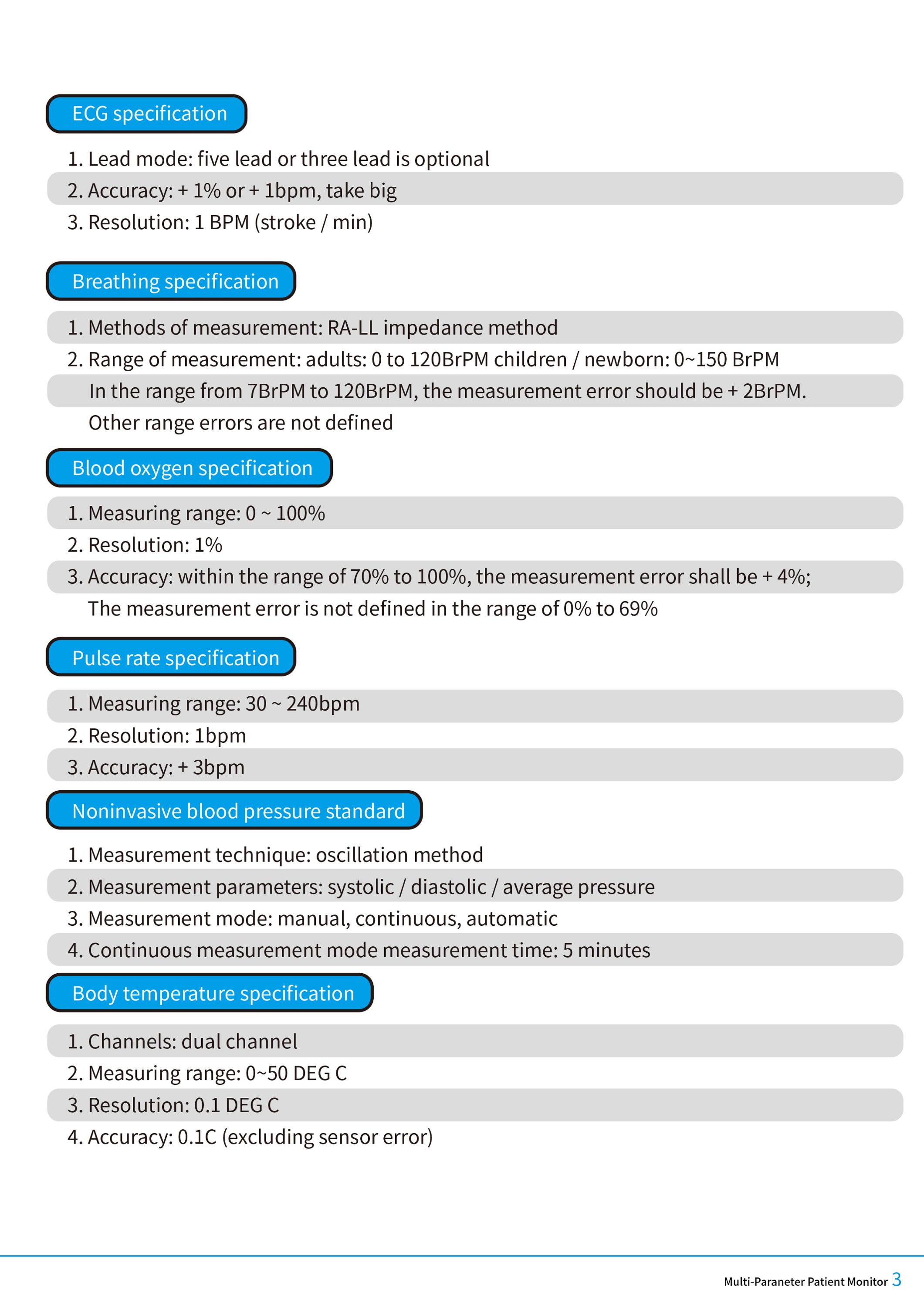Crop growth and fertilization effects are closely related to weather conditions. Light affects the photosynthesis of crops, and the product of photosynthesis, sugar, is the energy that supplies root respiration. The lack of energy will affect the absorption of nutrients by roots. Therefore, under conditions of insufficient light, the absorption of nitrogen, phosphorus, potassium, calcium, magnesium, manganese and other elements is significantly reduced. Temperature affects not only the conversion of fertilizers in the soil but also the absorption of nutrients by crop roots. For example, paddy rice is often irrigated with low-temperature water in rice fields, and rice blasts are prone to rice blast, which is due to low temperature, which affects the absorption of silicon and potassium by rice. On the one hand, water can speed up the dissolution of fertilizers and promote the absorption of nutrients by crops. On the other hand, if there is too much water, not only the soil has poor ventilation, it is unfavorable for the absorption of nutrients by the crops, but also causes the loss of nutrients, so it is not suitable to apply fertilizer on rainy days. The fertilization on sunny days also depends on the dry and wet conditions of the soil to determine the concentration of fertilization. For example, if the soil is wet, the fertilizer can be used in some concentrations; if the soil is dry, the fertilizer should be diluted and applied.
In long-term production practices, people have concluded that fertility predictions may be caused by crops based on weather conditions. Such as low temperature in early spring, rice is prone to phosphorus deficiency, lack of zinc, should pay attention to the use of phosphate fertilizer or zinc fertilizer; in the lack of light conditions, potassium fertilizer should be increased, can increase the crop's use of light energy; in drought years, vegetables (large Cabbage, radishes, etc.) are prone to calcium deficiency and attention should be paid to the use of calcium fertilizers; in the rainy season, it can easily lead to the loss of effective iron in the soil, and fruit trees often suffer from iron deficiency.
Multi- Parameter Patient Monitor
A multiparameter monitor is a medical device for monitoring a patient`s vital signs. It is mainly used in intensive care, hospitalization or ER. In general, basic models are used to monitor cardiac activity (ECG), blood pressure (NIBP), respiration (RESP), oxygen saturation (SpO2) and temperature (TEMP).
They display the value of each parameter while presenting the evolution curves over time. For some models, modules can be added to measure other parameters (ETCO2, CO2, pCO2, IBP, EEG, EMG, etc.). They have audible and visual alarms to alert medical personnel to any risks related to the patient`s condition.

Multi- Parameter Patient Monitor,multiparameter monitor,parameter patient monitor,parameter monitor
Ningbo Queen Electronic Science Technology Co., Ltd , https://www.queenmeds.com